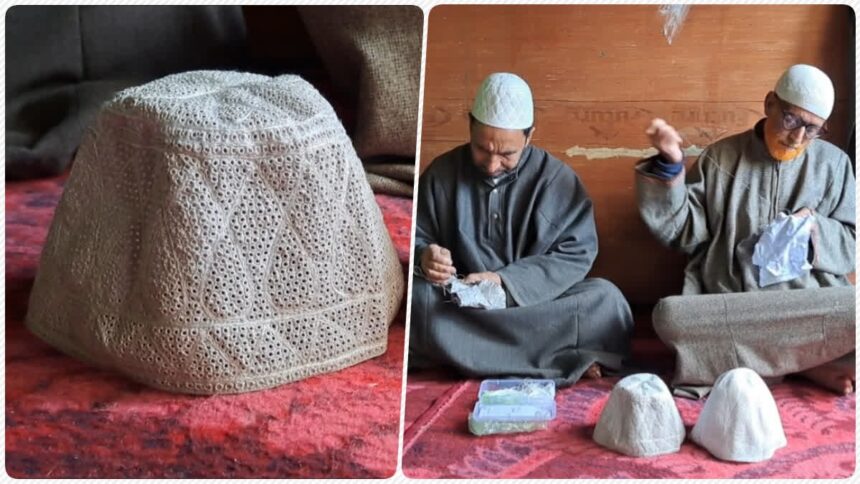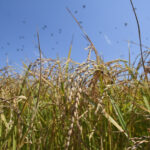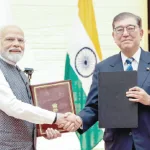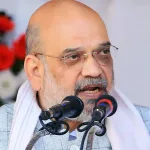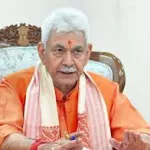The artisans mastering the craft of sozni work in Waragam village of Kashmir’s Budgam district are preserving the art of crafting traditional skull caps that are intricately embroidered with a unique art form. These caps, which have been a part of Kashmir’s cultural heritage for the past two centuries, are now considered outdated and out of fashion.
Safdar Lone, a skilled artisan from Waragam village who has been practicing this art for the past 20 years says, “Waragam village is the sole place in the entire Kashmir valley where these traditional skull caps have been crafted for the past 200 years. The people in our village depend on this art for their livelihood”.
In the past, artisans would pass down their skills to their children, ensuring the continuation of this traditional craft. Lone himself learned the art from his father, who was a renowned artisan.
“A decade back, there was a high demand for these traditional skull caps in the markets of Kashmir Valley. However, with changing lifestyles among people, the demand for these caps has significantly decreased. Nowadays, people prefer to purchase fashionable caps that are readily available across Kashmir,” explained Lone.
He said that the younger generation is no longer interested in carrying on the skill of cap-making, as it requires a significant time period and effort to create a single skull cap.
“This art holds great importance in the history of the Kashmir valley, a heritage that has been passed down to us by our ancestors. Despite facing numerous financial difficulties, we have remained dedicated to preserving this art,” Lone added.
Bashir Ahmed, who prefers to wear a skull cap said, “ I have been using the skull cap for the last 30 years of my life. I have been wearing the traditional skull caps crafted by the artisans of the Wargam village.
“Since the last 30 years, I have purchased more than 12 skull caps upon choice, as I have selected various designs that the artisans from the Waragam village have prepared from time to time,” Ahmad said.
Ahmad revealed that my father and grandfather used to wear skull caps during their lifetime. He mentioned that the skull cap is considered the identity of the Kashmir valley, as it helps in identifying the people of Kashmir in any part of the world.
“Like the other states in India have their own traditional caps and hats that they use in their day-to-day lives to represent their state and culture, Kashmir valley has its own traditional skull cap, which plays a significant role exhibiting the culture of Kashmir in this world,” he added.
Ghulam Ahmad Malik, another artisan from Waragam, emphasised that the traditional skull caps worn by elderly Kashmiri people, particularly in the villages, serve as a symbol of Kashmir’s identity and are recognised worldwide. For him, these skull caps represent honour and dignity.
While delving into the intricacies of traditional Sozni skull caps, he mentioned, “We craft a variety of traditional skull caps into ten different designs. Each design has its own unique market demand, with the elderly population showing a preference for these specific designs”.
He said that earlier, this skull cap-making work was done by all the women, young people, and old people in the village. But now this work is limited only to a few elders of the village. Amir-e-Kabir Mir Syed Ali Hamdani (RA) has brought this skill of making the skull cap to Kashmir and given the people here a means of earning a living with knowledge and literature.
Malik said that the price of the caps ranges from Rs 3,000 to Rs 20,000. “Caps priced between Rs 3,000 and Rs 6,000 can be completed within three months. However, those ranging from Rs 7,000 to Rs 20,000 may take five to eight months to complete,” Malik explained, noting that these caps are made as per the orders.
He said that people from Kashmir purchase these caps to wear them during the holy pilgrimage of Hajj and Umrah.
The Waragam artisans emphasised the importance of the handicraft and handloom sector while demanding the government’s attention to this art form.


